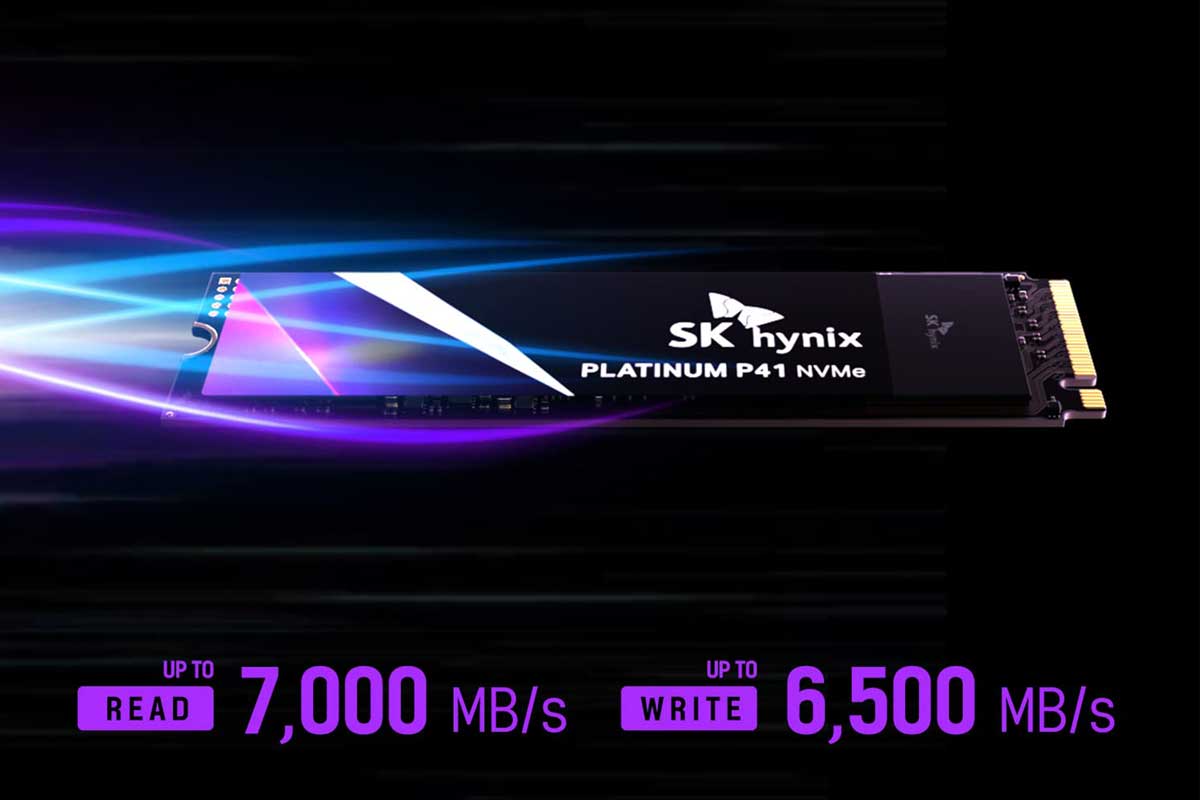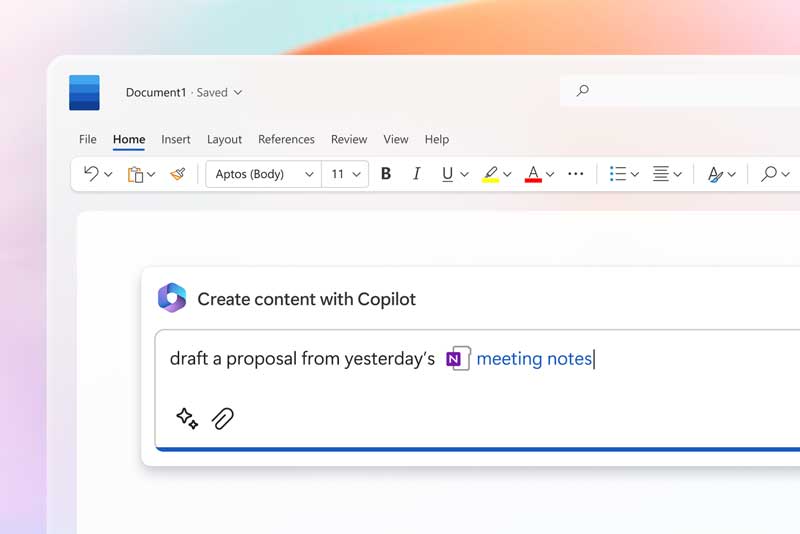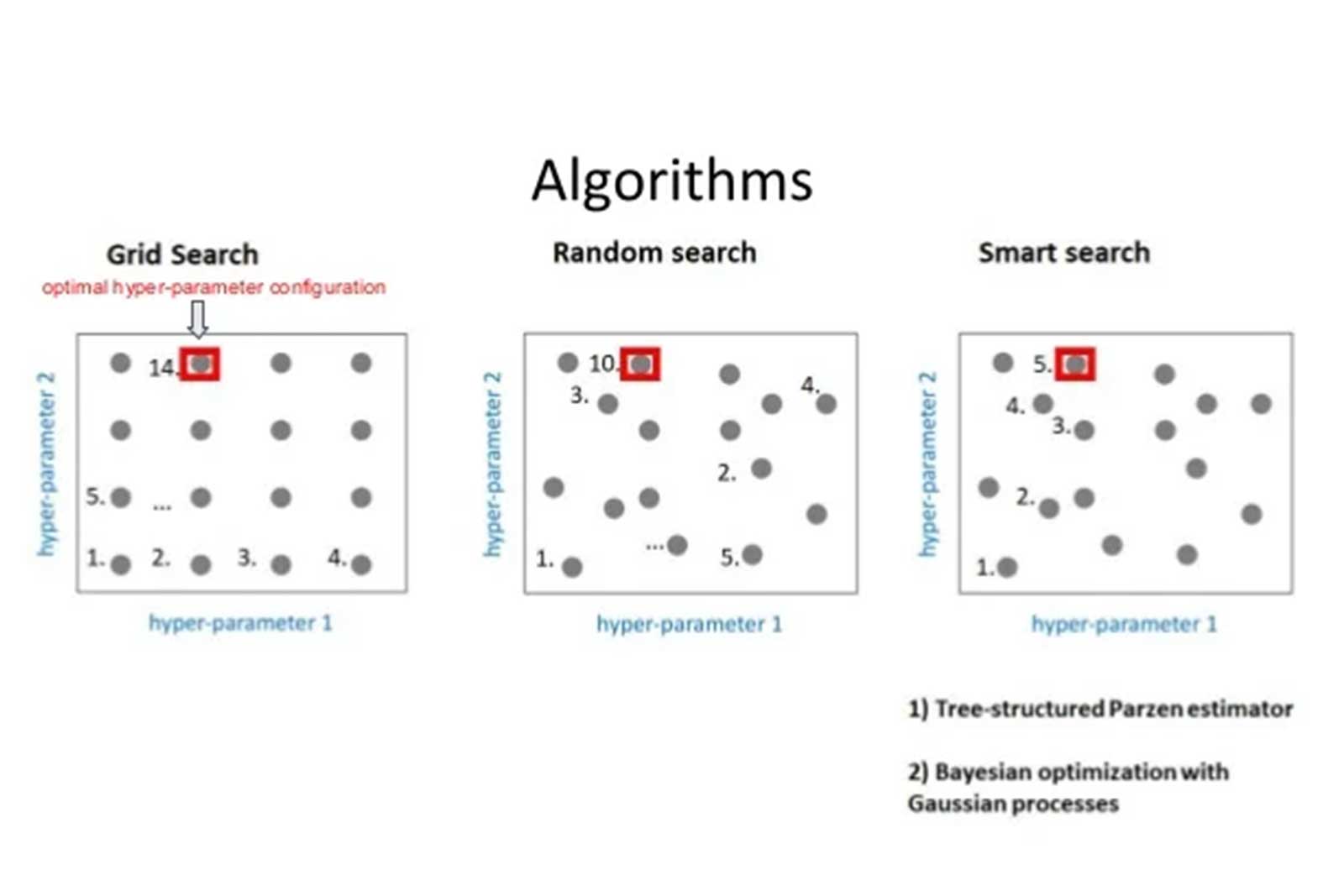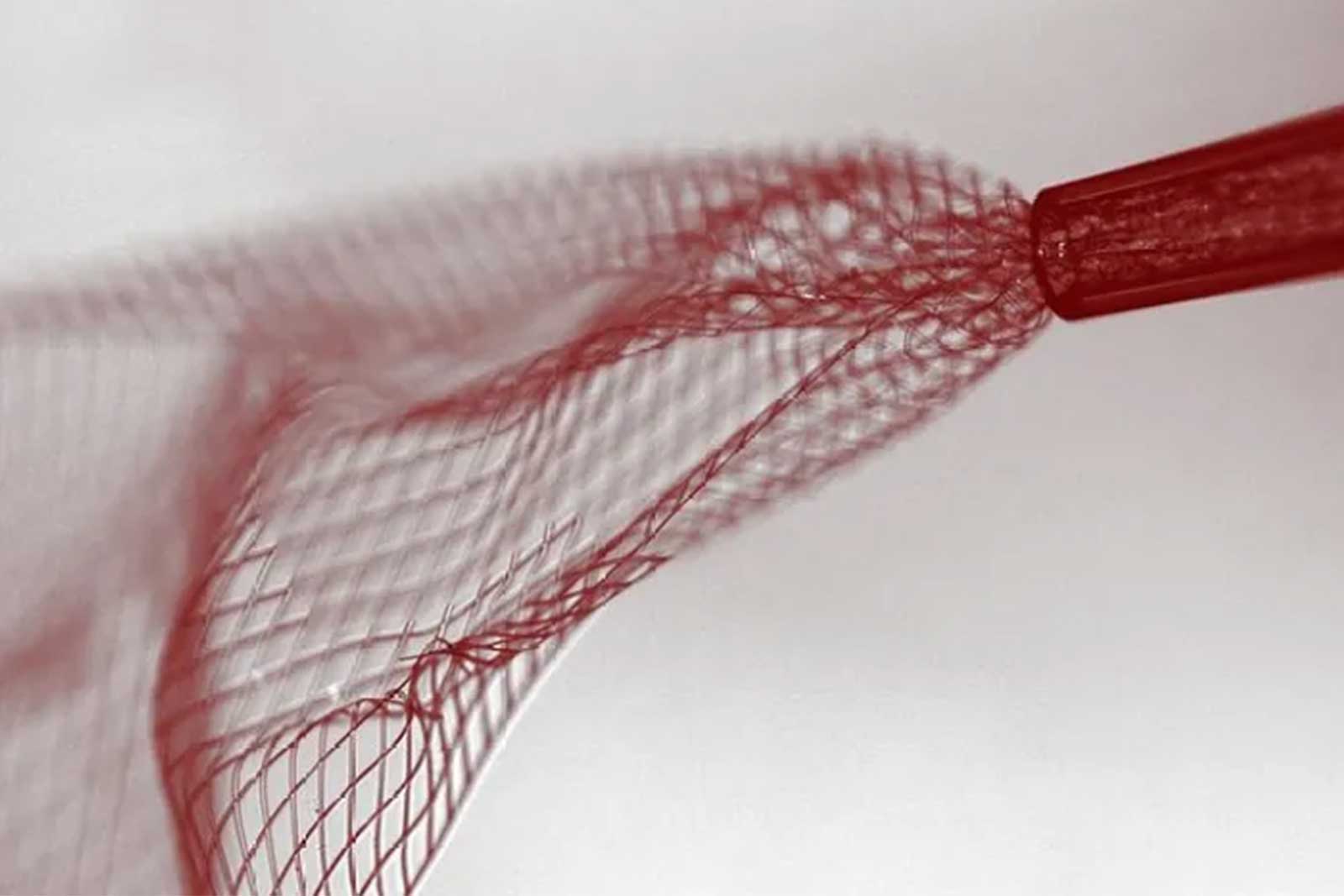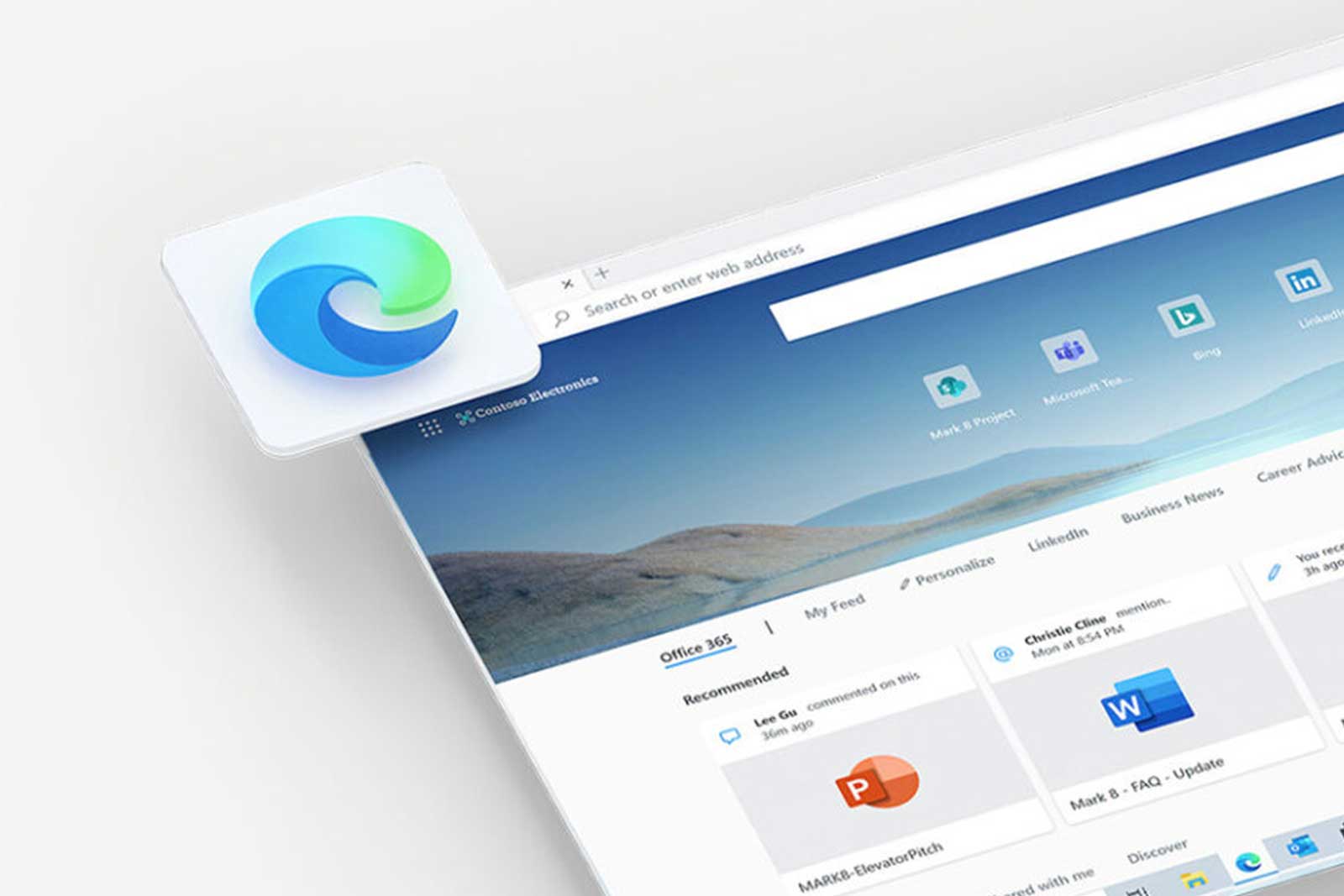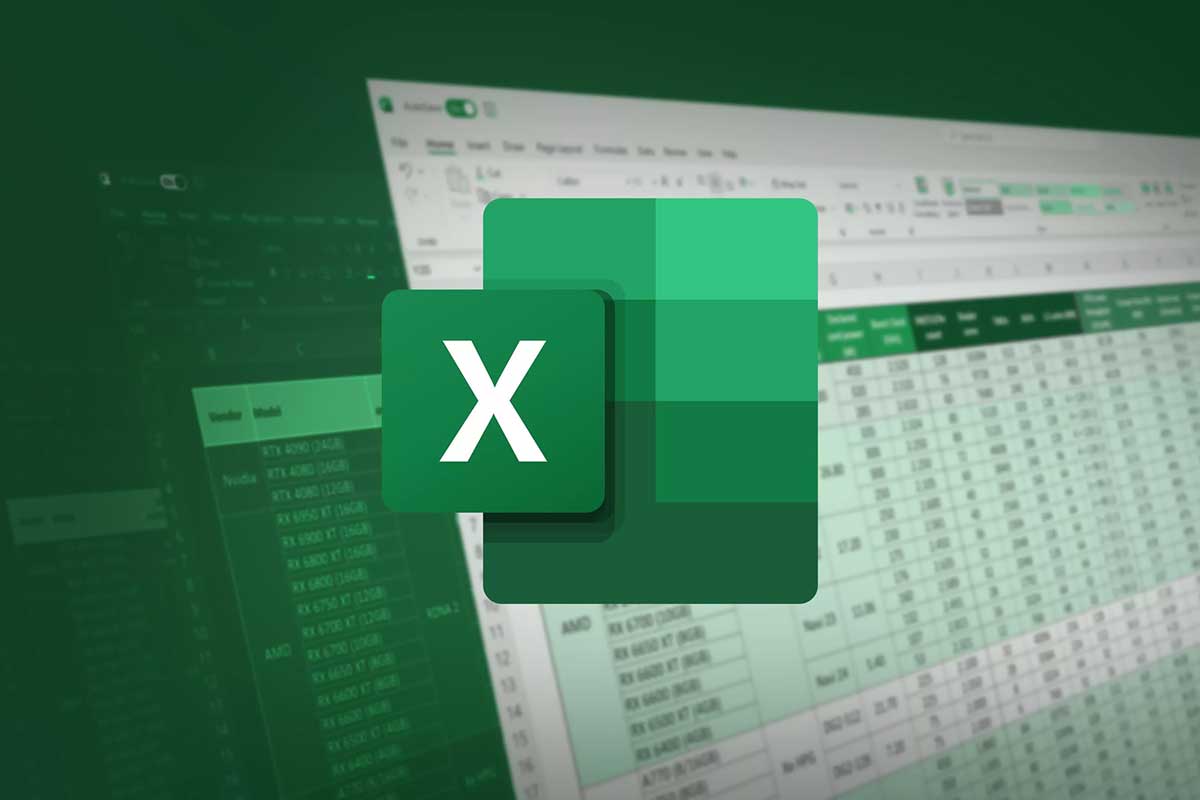SK HYNIX PLATINUM P41 2TB PCIE 4.0 SSD, POST IOPS
Bear witness upon one of the more odd SSD reviews you will encounter this day
There shall be no comparative chart of 69 SSD models versus the 2TB SK hynix Platinum P41 which is the heart of this fiasco. Copying 100GB of small files back and forth between drives is not only boring to do, it’s not something we find ourselves doing often, not least of all because Steam, Epic and the like don’t cope easily with such aberrant behaviour. If you are hoping to see what happens when SSDs are sequentially filled to near maximum capacity … the first 8GB span is preconditioned with 4KB random workload, and then tested with a custom workload you are out of luck.
However, if you are curious as to how the new generation of PCIe 4.0 SSDs fare against the original generation, and just what impact using it as a system drive has then perhaps you might consider reading on. There will of course be some of the usual measurements, though perhaps not performed in the same conditions as most reviews, as well as a look at what effect the drive has on loading saved games. At the end is even an abysmal attempt to normalize the performance in an attempt to generate a number theoretically representing the performance value of each drive. Most of the tests are unfair, but then so is the life of your average computer component.
PLATINUM, BRONZE AND SILICON
To test the 2TB SK hynix Platinum P41, a system of some sort is needed. A fresh install of Win11 22H2 was installed on the drive, using default settings. Some would argue setting it to be fully 4K native would increase lifespan, and they would be right. However the vast majority of people are not going to modify the drive from 512-bytes emulation, and as it really has no performance impact Windows was allowed to determine the sectors it most felt at home in. Initially the tests were done with only the drivers provided by AMD and Windows installed, then the device was loaded with the games and software present on the Sabrent Rocket it is being tested against. A direct clone of the Sabrent could have been performed, however the current Windows installation on the Sabrent had developed a definite personality, so a fresh install was called for.
The test system is an AMD Ryzen 7 5800X at default clocks on an Gigabyte Aorus X570 Elite (BIOS f38a) with 4x8GB of G.Skill Ripjaws V F4-3600C18-9GVK running at 1:1. The RX 6800XT mostly just hung out and watched. The comparison drives are a well used 1TB Sabrent Rocket PCIe 4.0 drive and a 1TB Intel 660p which hangs around on the secondary M.2 slot, well filled with a variety of games and some instructional videos. The difference in size provides it’s own significant advantage, as you will soon see.
SYNTHS ARE PEOPLE TOO!
A sanity check is needed to ensure the virgin drive is able to hit close to the performance that the PR states, in this case up to 7,000 MB/s sequential reads and 6,500 MB/s sequential reads. The best CrystalDiskMark run had it a hair below 7,400MB/s read and just over 6,660MB/s write with a fresh OS, so no worries there whatsoever. This did not change once it was filled with a variety of game storefronts, actual games and the usual applications running on a working PC. The extra free space compared to the 1TB Sabrent and the sheer bandwidth the Platinum P41 provides seem to be capable of overcoming Windows 11’s obsessive need to read and write to your disk constantly.
As for the Sabrent you can see the values vary quite wildly, even when every running program and service not required to run Windows has been disabled, barring those Windows immediately restarts after you End Task on them. The Intel 660p has the advantage of being a secondary drive, so it doesn’t suffer from the write penalties incurred from being a system drive. This is a good thing, as QLC was never engineered to be very competent with sustained writes to begin with.
OH HI MARK
The other synthetic benchmark of choice was PCMark 10, as it’s not an awful way to demonstrate the overall performance of a system in a variety of tasks. You can see it was quite appreciative of the Platinum P41, even loaded up with software which was running in the background. Slack, Discord, Steam and the rest do add some overhead that properly represents how the computer would function if you were using it as your main rig.
This test definitely also benefits from the fresh install of Windows and the extra empty space you get from a 2TB drive. It might have almost the same amount of data as the 1TB Sabrent, but as you can see, that extra empty NAND has a huge impact on performance. It costs more overall to go with 2TB, but if you tend towards large collections of half played games with a side of continually re-playable ones this is something you need to be aware of.
CAUTION, DRIVE AT WORK
Taking a look at the performance under various benchmarks gives us an idea of what the drive is capable of, and make no mistake that this is a very capable drive; however we are supposed to watch our salt intake. When you are gaming or filling in your taxes you aren’t going to notice the aptitude of this drive at moving humongous amounts of data to several clients at once. Instead you need to know how quickly it can get you back to playing your current game of choice. Trying to capture the time it takes to launch a game is a fool’s endeavour, even if you can bash your way through the cut scenes that inevitably follow that double click the games tend to load in the same amount of time regardless of the drive you launch them from. Programmers are barely scratching multi-core at this point and their software needs time to catch up to your storage as well.
You can avoid what has become accepted as common practice by game developers by loading a save from within the game. A good theory, but as you can see in the chart below it is not one that bore much fruit. The games tested did load faster on the SK hynix Platinum P41 but not really noticeably. Humankind certainly noticed the extra IOPS, shaving almost six seconds off and getting you back to the game 30% faster. Terra Invicta, which has abysmal load times still took over a minute to load even with the extra horsepower, but it did shave a noticeable 13 seconds off of the almost minute and 40 seconds of the Sabrent.
So, if it is the case that the extra bandwidth on the Platinum P41 doesn’t have much of an effect on gaming then you have to wonder where the value is. If you make use of your system in ways that emulate CrystalDiskMark’s tests then you can see in the charts below that it is somewhat better than the theoretical 5000 MB/s sequential read, 4400 MB/s sequential write of a mostly full and somewhat abused Sabrent Rocket. Dollar for dollar it is faster, at least when you incorporate the dollar per gigabyte into it. If it is pure gaming performance you are looking at, then the performance difference between $0.09/GB and $0.12/GB could be hard to justify.
IN CONCLUSION
These tests leave us with two solid conclusions, the new generation of PCIe 4.0 SSDs are significantly faster than the original generation, and that the extra bandwidth will have little to no impact on your gaming. The difference in synthetic benchmarks between the Sabrent Rocket and the SK hynix Platinum P41 is as significant as that between the Rocket and the Intel 660p. If you have workloads which can make use of the extra overhead provided by the Platinum P41 then paying the extra three cents per gig is a no-brainer. If you will be primarily gaming, unless you are very diligent about how many games you install then purchasing at least a 2TB SSD is more important than the controller’s generation.
SK hynix have done a brilliant job bringing even more performance to PCIe 4.0 drives which is very good news considering the price of the first of the PCIe 5.0 drives. They have also managed to implement these improvements with no noticeable increase in temperatures, something else that makes actively cooled PCIe 5.0 drives less attractive. Your system overall may feel more responsive as the tests did show very little difference in the Platinum P41’s performance between the fresh Windows installation and normal conditions with many background applications running. It is that fact that justifies the increased cost per gigabyte you pay for the new generation of SSDs. If you find your system slowing down when Windows decides it is time for it to do some cleanup, install an update or just reindex your drive for it’s own amusement, then moving your Windows install to a Platinum P41 will resolve that problem completely.
The Platinum P41 is your friend if you are a game streamer, with enough spare IOPS in both read and write operations to keep up with high end CPUs and GPUs. They are not quite yet $0.10/GB yet, but the MSRP is awfully close and sales can bring it down to that wonderful number, at least in the US. It is unclear why there is such a premium here in Canada, but it is enough that we can’t recommend it for our Canuck readers. It doesn’t make sense to pay twice the price per gigabyte for the performance numbers we saw, eh?
Finally, we would like to thank SK hynix for sending the Platinum P41 over for review. Hopefully you found our take on it entertaining, perhaps even a little handy.
